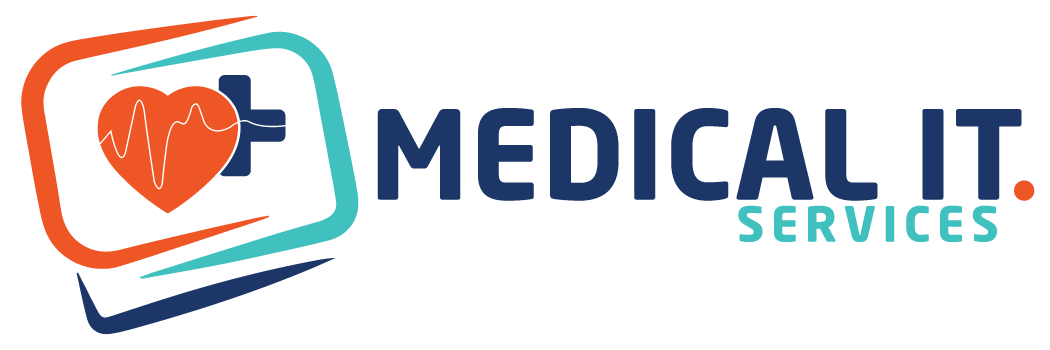Are you starting a new medical clinic that is about to give the best care…

How Patient Portals Are Transforming Medical Practices in Australia
In today’s fast-paced digital world, people expect everything to be quick, simple, and accessible. Just like they shop online or stream movies with a few clicks, patients also want the same convenience when dealing with their healthcare providers.
This is where healthcare technology, especially patient portals, plays an important role. A patient portal is an online platform that allows patients to access their health information, connect with doctors, and manage appointments — all from their computer or mobile phone.
Across Australia, more and more medical practices are investing in patient portals to improve patient care, modernise operations, and strengthen IT systems. But why are patient portals becoming so popular? And how can they benefit both patients and healthcare providers? Let’s break it down step by step.
Improved Patient Engagement
A patient portal encourages people to be more involved in their own health journey. Instead of waiting for phone calls or letters, patients can log in anytime to:
-
Book or reschedule appointments
-
View lab results and medical reports
-
Request repeat prescriptions
-
Send secure messages to their GP
When patients have easy access to their information, they feel more in control. This leads to:
-
A better understanding of their health conditions
-
Higher chances of following treatment plans correctly
-
Improved long-term health outcomes
For medical practices, engaged patients mean stronger trust, deeper relationships, and better loyalty. Patients who feel supported are more likely to stay with the same clinic rather than switching.
Reduced Administrative Burden
Running a medical practice involves a lot of repetitive tasks — answering calls, booking appointments, handling paperwork, and updating records. Without technology, staff spend hours managing these tasks, which takes away time from patient care.
A patient portal can automate many of these routine processes. For example:
-
Instead of calling to reschedule, patients can do it online.
-
Appointment reminders can be sent automatically.
-
Prescription requests can be submitted digitally.
This reduces manual work, lowers stress for staff, and allows them to focus on what really matters: caring for patients.
Enhanced Communication
Clear and timely communication is essential in healthcare. Patient portals provide a secure way for patients and doctors to connect directly.
-
Patients can ask questions about test results, medications, or treatment plans.
-
Doctors can respond when available, and all messages are saved for reference.
From the patient’s perspective, this is faster and more convenient than waiting on hold for a receptionist. From the clinic’s perspective, it creates a record of all communication, which improves accountability and ensures compliance with healthcare regulations.
Stronger Data Security and Compliance
When it comes to healthcare, protecting patient data is non-negotiable. Modern patient portals are designed with advanced security features such as:
-
Encryption – to protect data during transfer
-
User authentication – so only authorised people can access records
-
Access controls – to ensure sensitive information is handled properly
In Australia, portals can also be built to meet the Privacy Act and My Health Record standards. This ensures compliance with national regulations and gives patients confidence that their information is safe.
With the support of a reliable healthcare IT provider, medical practices can securely store, manage, and share patient data — reducing risks and building trust.
A Competitive Advantage
In today’s healthcare environment, convenience is key. Patients are more likely to choose a clinic that offers online services over one that relies only on phone bookings or paper records.
By implementing a patient portal, medical practices show that they are modern, patient-friendly, and forward-thinking. This becomes a strong competitive advantage, especially in busy cities where patients have many options.
Better Continuity of Care
Many patients today see multiple healthcare providers — a GP, a specialist, or even a physiotherapist. Without proper information sharing, important details can get lost.
Patient portals solve this problem by giving patients a centralised view of their health records. They can see:
-
Their full medical history
-
Current medications
-
Test results and upcoming appointments
This makes patients more informed, which improves continuity of care. When doctors and patients are on the same page, treatment is more effective and mistakes are reduced.
Conclusion
Investing in a patient portal is more than just adopting new technology. It’s about:
-
Improving patient experience by making healthcare more convenient and accessible
-
Streamlining clinic operations by reducing manual work and saving staff time
-
Staying compliant and secure in an increasingly digital healthcare world
-
Gaining a competitive edge by offering modern services patients expect
At Medical IT Services, we specialise in helping Australian healthcare providers implement secure, easy-to-use patient portal solutions. Whether you’re a small GP practice or a large multi-site medical centre, we’ll help you select the right technology and integrate it smoothly into your existing system.
By embracing patient portals, medical practices can build stronger patient relationships, improve health outcomes, and stay ahead in the digital era.



